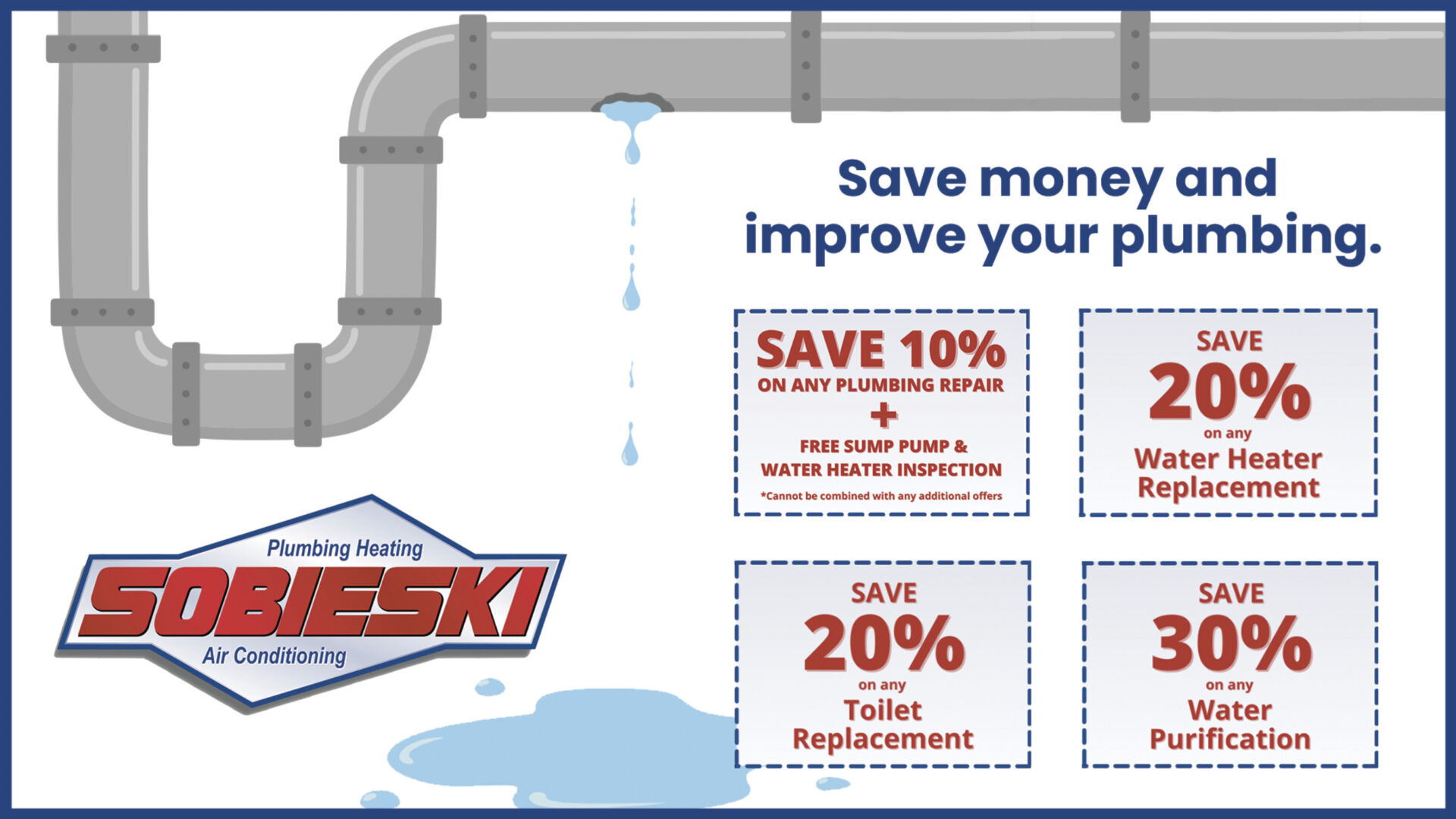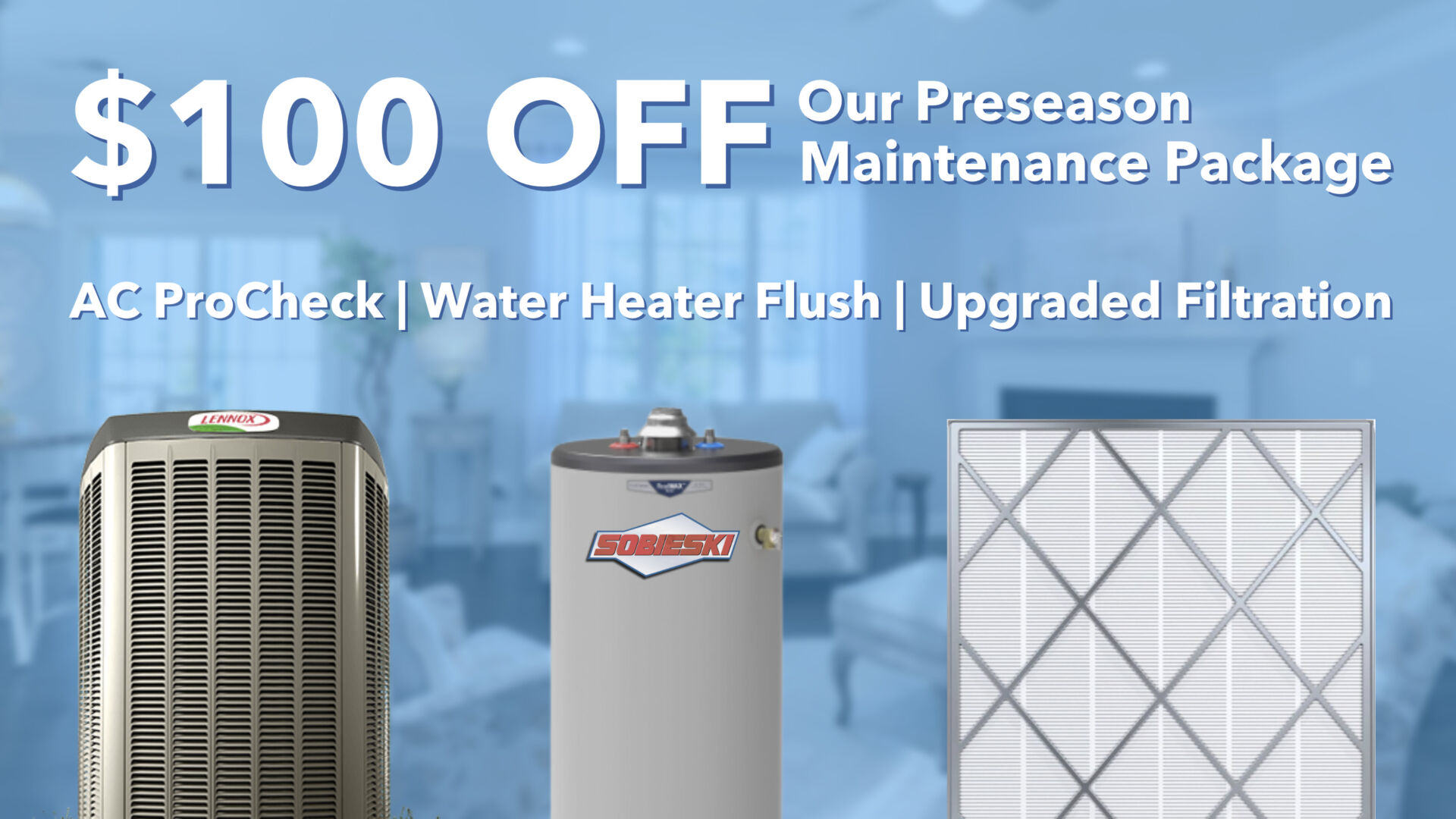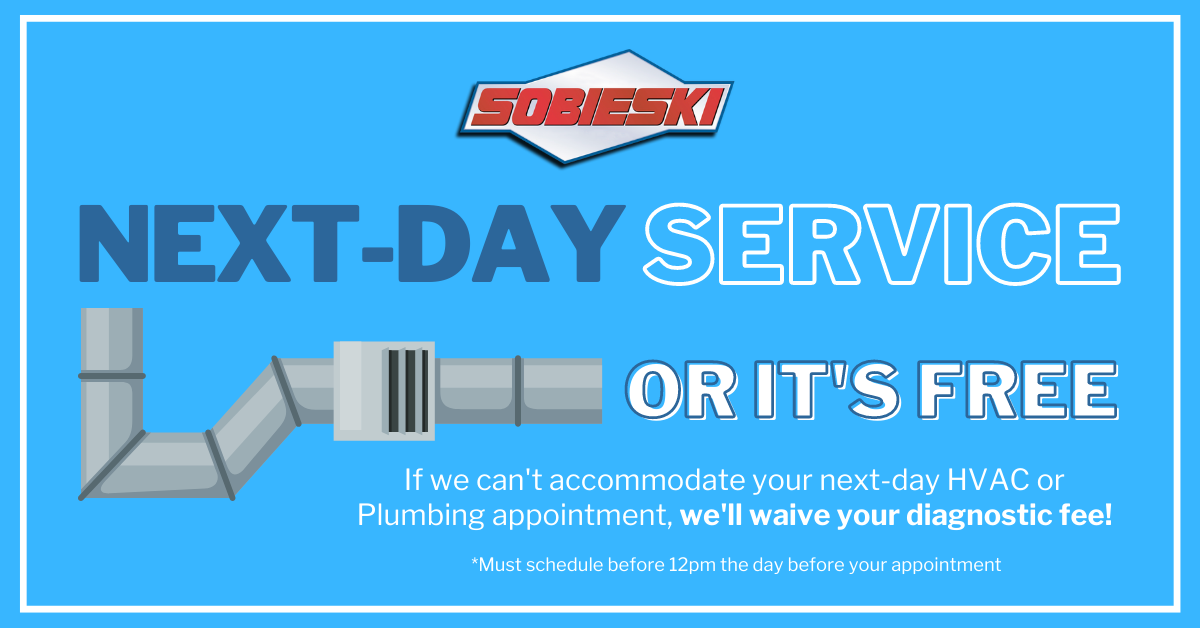Pilot Light Safety: When to Call the Professionals
Pilot light safety is important to prevent fire or poisoning from natural gas the pilot burns. In older gas-fired furnaces and appliances, the pilot light is a small continuous flame that ignites the main gas burner when the furnace or stove is turned on. Pilot lights were phased out about 20 years ago and replaced with electronic igniters, so if your furnace or appliance is that old or older it may incorporate a pilot light.
If a pilot light is extinguished, a safety device called a thermocouple detects the absence of flame and automatically shuts off gas to the pilot. However, older thermocouples may react slowly (or not at all) and some gas may escape before the valve shuts off. For that reason follow these tips for pilot light safety.
- Know which appliances utilize a pilot light.
- If you smell the “rotten egg” odor of escaping gas, check to see if the pilot light is extinguished. If it is not, turn the gas valve to the “off” position and call your gas company.
- If the pilot light is extinguished, allow at least 5 minutes for accumulated gas to disperse after turning off the gas valve before attempting to relight the pilot.
- Follow manufacturer’s specific instructions for relighting the pilot after the gas has dispersed. Usually these instructions are affixed to the door of the burner compartment or, in a stove, underneath the stove top where the burners are located.
- The basic pilot procedure is to turn the gas valve off for five minutes, then rotate the knob to the “Pilot” position. Depress the red reset button to manually open the thermocouple and start gas flowing to the pilot. Light the pilot and continue to depress the reset button for at least 30 seconds to allow the thermocouple to heat up. Release the reset button and rotate the gas valve to the “on” position.
For more information, contact the professionals at Sobieski Services. Our goal is to help educate our customers in Delaware, Pennsylvania, Maryland and New Jersey about energy and home comfort issues (specific to HVAC & plumbing systems).
Photo Credit: Mark Fischer via Compfight cc







